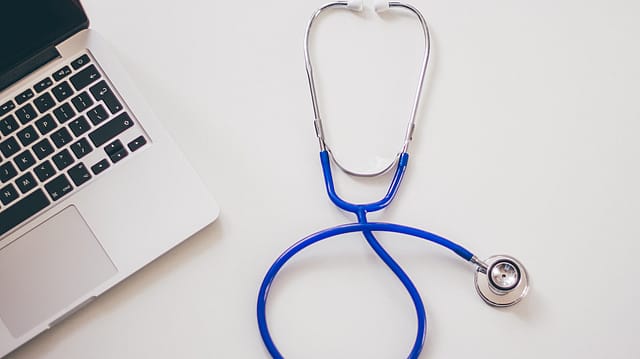Monitoring health to maintain health
ADVERTISEMENT

“The eyes cannot see what the mind cannot perceive.” This dictum often quoted in medical schools and textbooks tells us that the human mind can be trained to interpret patterns and to connect seemingly disparate entities to find the common thread in them. But that can happen only when they can see the entire picture, the spectrum of the finding so to say, to be able to connect the pieces together.
The contemporary pace of life has made significant changes to the erstwhile popular concept of a 9 to 5 job. So much so that even that kind of a job is associated with significant travel to reach the workplace, making the duration more than what it may be. An aspiration to have an economic edge, driven by needs, contribute to a hectic and often high-pressure lifestyle. This is unnatural for the human body from an evolutionary stand point. Over the millennia, we have not faced such immense pressure to do more in the available time. Hence, behaviour patterns have changed, and there are adaptive responses we have made to keep up. What effect this has on the underlying homeostatic patterns of the human body is currently unknown.
Modern medicine is heavily biased towards the relief of overt symptoms. Maladaptive changes simply do not register on it. Disease is treated after it manifests. Primordial prevention medicine is in the Stone Age as compared to a lot of the other forms of preventive medicine. One of the key factors in this is the inability to perceive the gradual changes that support our lifestyle, which over a period become maladaptive. The identification of this tipping point is what is needed to advance this field.
January 2026
Netflix, which has been in India for a decade, has successfully struck a balance between high-class premium content and pricing that attracts a range of customers. Find out how the U.S. streaming giant evolved in India, plus an exclusive interview with CEO Ted Sarandos. Also read about the Best Investments for 2026, and how rising growth and easing inflation will come in handy for finance minister Nirmala Sitharaman as she prepares Budget 2026.
Inability to collect data with sufficient fidelity on these parameters has been an important shortcoming. Even if such data were available, its storage and computation in a way to obtain meaningful patterns and enough experience in being able to discern the normal from the pathologic have been pitfalls, which does not have ready solutions.
However, today—with wearable technology and monitoring of the daily activities using wellness apps—carries with it the promise of being the light at the end of the tunnel. Linear longitudinal data on these facets and follow-up over a sufficiently long duration of time can give us the outcomes of behaviour patterns. The key is the collection of enough data points to be able to make any meaningful assessment.
An additional arrow in the quiver is the advent of artificial intelligence (AI). By machine learning, we could associate data point patterns with the outcomes and be able to recognise hitherto unclear patterns. Inability of the human mind to comprehend associations may be aided by AI, and thereby interpretations may be made. In time, the wearables shall be just the way to collect data. Layered neural networking shall help in the determination of current states of health, and as more information is available, be able to discern if healthy today actually means healthy tomorrow. The differences in disease expression in individuals, despite the relative similarity in their risk factors, may therefore be explained. What it also opens a portal to is also the ability to make meaningful lifestyle interventions to prevent disease incidence. The Apple Stanford study and the NIH ‘All of US’ study are initial steps on the same, which could bear relevant fruit in later times.
It shall be important to validate it in different ethnicities and population to ensure that there is individualised information and enough representation of individuals to make an informed conclusion. In areas where there is absence of this technology, an international cooperation to ensure this is achieved, and therefore an inclusive approach to this innovation is needed. Avoidance of population profiling is an important safety factor that needs to be built in. As the information collected increases, so does the need to ensure that there is data security and clear protocols drawn on how this data shall be used. Data sharing and usage guidelines need to be implemented.
Wellness monitoring is an exciting new step in understanding the inner workings of the human body. Research into the same perhaps has the promise to unlock the mysteries of non-communicable diseases, which we only manage with a Band-Aid at best currently.
( Views expressed are personal. )
The author is a clinical electro physiologist from Bengaluru with interests in translational research and innovations in healthcare. He is DM (Cardiology) and has completed fellowships in Clinical Electrophysiology and Advanced Adult Cardiology from Mayo Clinic, Rochester, Minnesota, USA.
